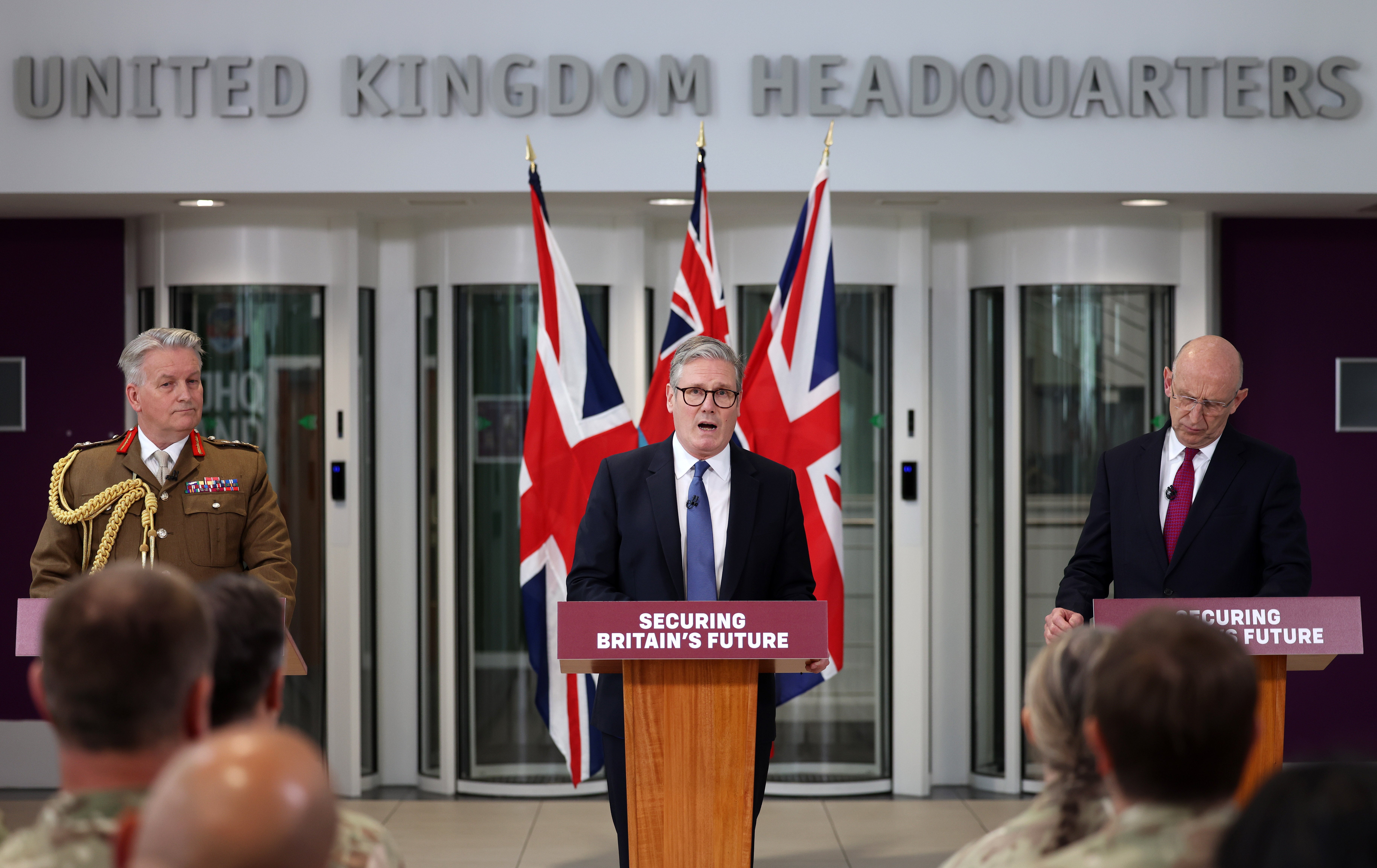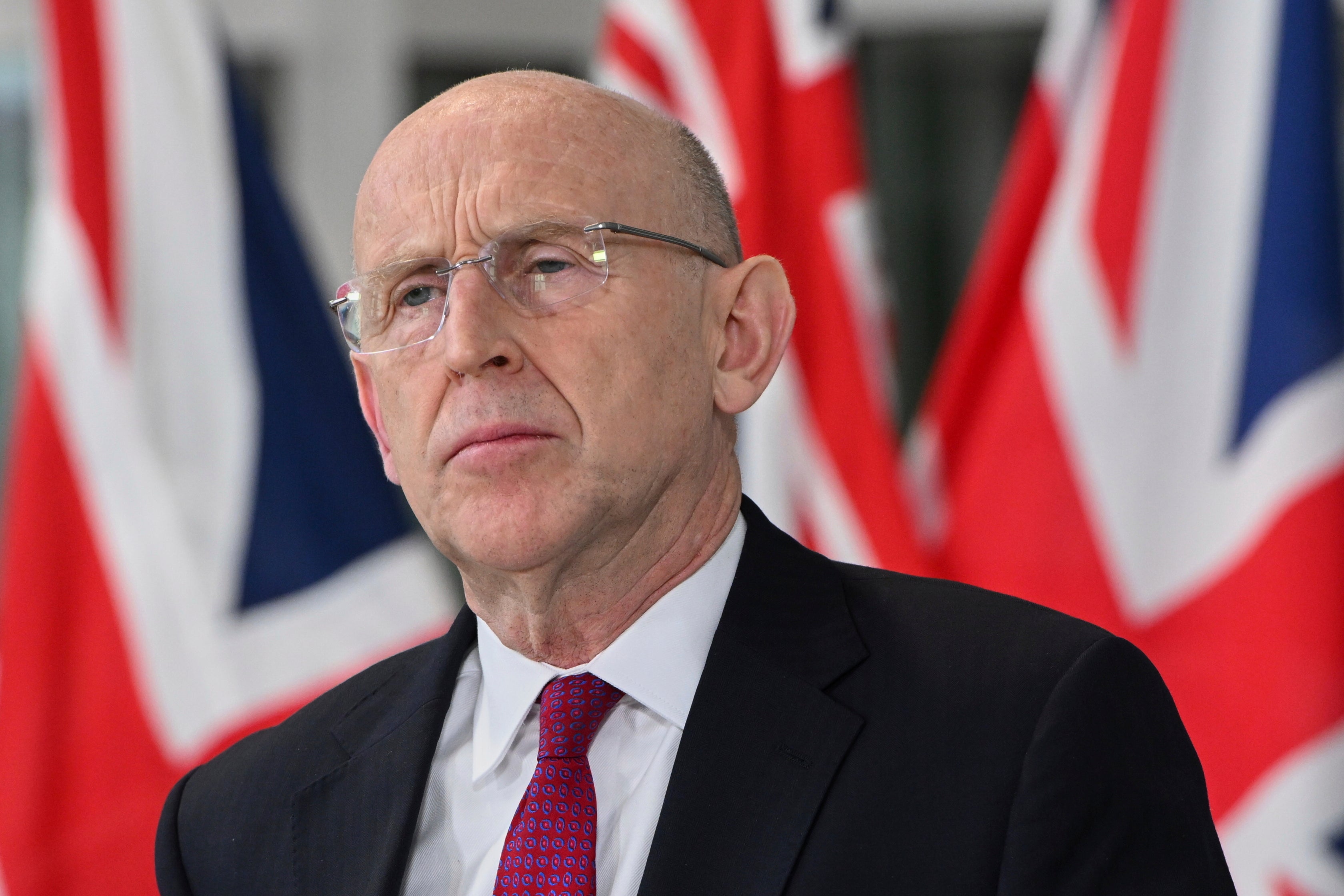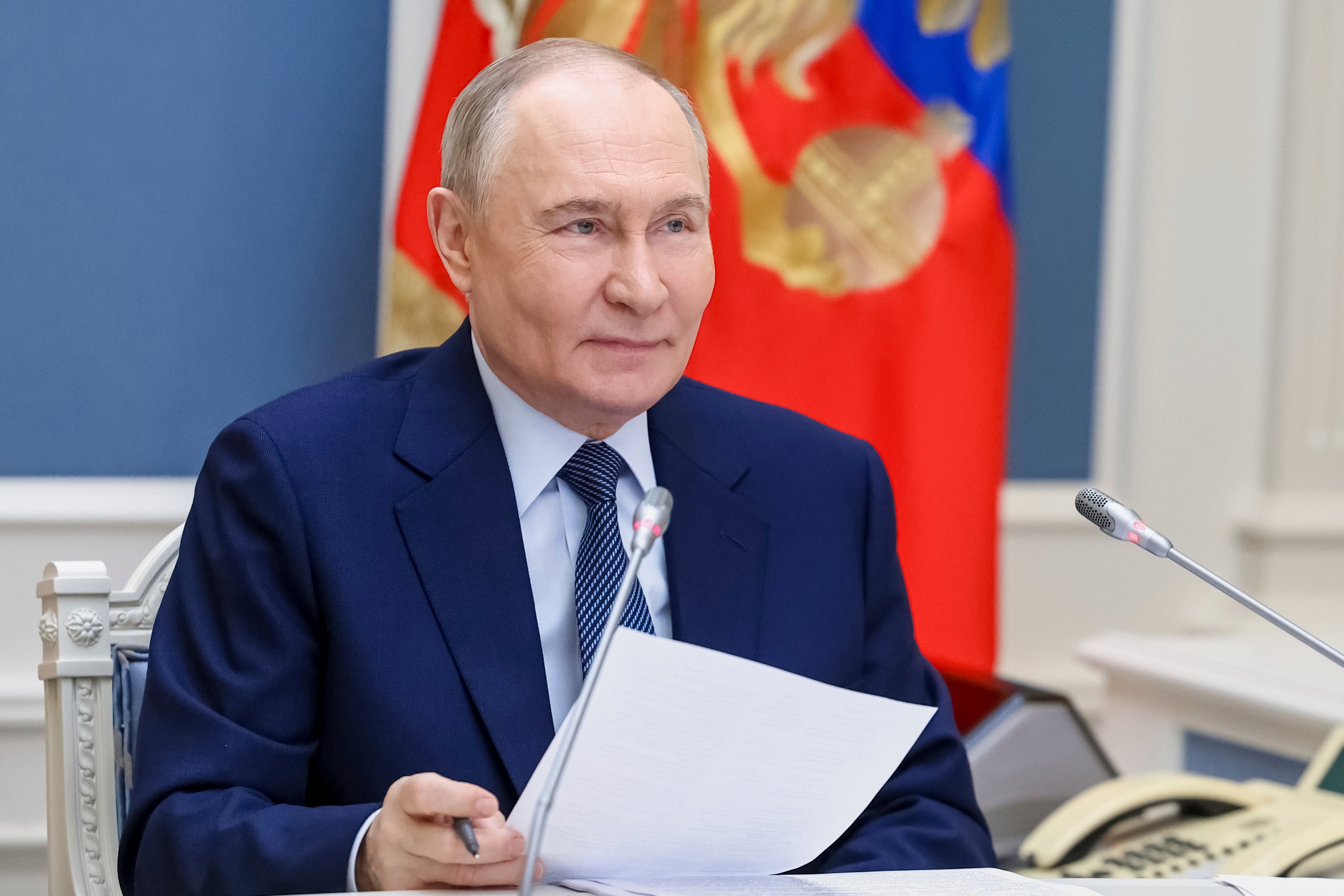One of Sir Keir Starmer’s first acts as prime minister was to order a “root and branch” review of Britain’s armed forces.
The prime minister said the UK’s military capabilities had been “hollowed out” during 14 years of Conservative rule, warning that an urgent revamp was needed with the country facing an increasingly dangerous world.
And 10 months on, Sir Keir will on Monday unveil the outcome of the so-called strategic defence review.
The Independent looks at what we know about the defence review and what to expect.

Led by Lord Robertson, a former Labour defence secretary and secretary general of Nato, it brought together experts from the military, industry and academia.
Lord Robertson was tasked with considering “the threats Britain faces, the capabilities needed to meet them, the state of UK armed forces and the resources available”.
Announcing the review, Sir Keir said: “We live in a more dangerous and volatile world. My government will forge a new clear-eyed approach to our national defences, equipping us to tackle international threats head-on while keeping the British people safe and secure.”
It was desperately needed, with Russia’s invasion of Ukraine highlighting the importance of new technologies such as drones in warfighting, while parliament’s defence committee warned last year Britain would not be prepared to fight an all-out war.
Alongside this, Donald Trump has been pressuring Sir Keir to hike Britain’s defence spending to 3 per cent of GDP years earlier than planned, as the president seeks to wean Europe off dependence on the US for military support.
And, adding to the urgency of an overhaul is Sir Keir’s planned peacekeeping force, which would see thousands of troops sent to Ukraine in the event of Volodymyr Zelensky and Vladimir Putin agreeing to a ceasefire.

Ahead of the long-awaited review’s publication, some insights have emerged, giving the public a taste of what to expect when it is fully unveiled.
The UK is to expand its conventionally armed, nuclear-powered attack submarine fleet, replacing seven boats with up to 12. They will be built under a joint deal with the US and Australia, known as Aukus.
A separate fleet of nuclear-armed submarines will also receive a £15bn boost from a previously announced warhead programme, which ministers have put a price tag on for the first time.
On Sunday the defence secretary John Healey also appeared to confirm reports he wants to purchase fighter jets capable of firing tactical nuclear weapons, saying he could not comment on private discussions.
Another key part of the review is a cyber command to counter a “continual and intensifying” level of cyber warfare.
Mr Healey has also announced plans to invest more than £1 billion into a new “digital targeting web” to be set up by 2027, to better connect weapons systems and allow battlefield decisions targeting enemy threats to be made and executed faster.
He said the intensity of the cyber attacks the UK is seeing from Russia has stepped up, adding that “cyber is now the leading edge, not just of defence, but of contests and tension between countries”.
Cyber experts are also expected to be sent to the frontline alongside regular forces, in a move designed to modernise the military.
The review is also expected to put forward plans to establish a new home guard to protect key British infrastructure from attacks by hostile states and terrorists.
The new force drawn from the civilian population would be sent to guard sites such as airports, power plants and coastal hubs where undersea internet cables join the shoreline.

Ministers will also spend an additional £1.5 billion fixing up the military at home amid claims years of neglect have led to troops quitting.
At the same time, another £1.5bn will be used to build at least six munitions and weapons factories, as part of an attempt to be ready for potential future conflicts.
The review is also expected to warn of an "immediate and pressing" threat by Russia and draw heavily on the lessons learned from the war in Ukraine.
Despite some welcoming the early announcements and leaks, experts have raised concerns throughout the process of the review about delays caused by growing global tensions, whether it is ambitious enough, and whether Sir Keir’s commitment to spend 2.5 per cent of GDP on defence would be enough.
Matthew Savill, director of military sciences at the Royal United Services Institute (RUSI) think tank, said: “The long-awaited strategic defence review can lead to significant change in the Armed Forces if it moves beyond previous platitudes and half-implemented ideas on innovation to rebuild the foundations of defence while also making recommendations for the big choices on technological transformation.”
The strategic defence review is the latest overhaul of Britain’s defence outlook, following an integrated review of security, defence, development, and foreign policy in 2021, which was then refreshed in 2023 after Russia’s invasion of Ukraine.







